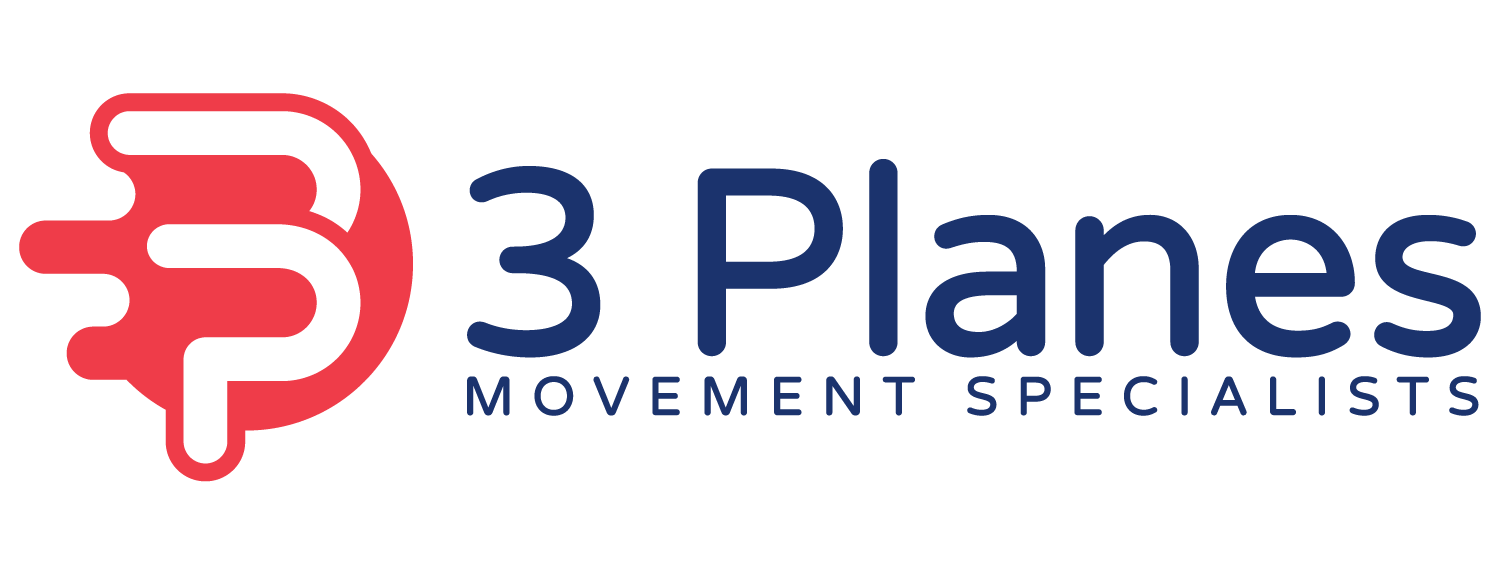Elbow pain with throwing
What structures are involved?
There 2 most common structures are:
Ulnar collateral ligament (UCL); this ligaments connects the arm bone (humerus) to the inside forearm bone (ulna) and prevents excessive movement of the elbow coming inwards. This ligament is put under incredible strain with overhead throwing as the arm comes forward.
Common flexor tendon; this is the connection of several muscles in the forearm and hand to the bones of the elbow. These muscles work to flex the wrist and fingers and are also put under incredible strain with overhead throwing as the arm comes forward into the finish of the throw.
How do I tell the difference?
It can be difficult as they are very closely related in both function and anatomy and are also often both involved. Palpation (feeling the elbow), tests looking at the integrity of the elbow joint stability, and tests focusing on muscle contraction and length can help differentiate which structure is more involved.
What does treatment look like?
As with most injuries, it depends on the severity of injury. With complete tears, surgery is typically recommended. Otherwise, a trial course of conservative therapy is tried first. This will include unloading the injured structures (no throwing or other painful activities), promoting full healing with soft tissue massage, light range exercises, and light strengthening as able, and progression to more dynamic and functional strengthening and movement training as pain allows. If, after 6-8 weeks of conservative treatment, there has been minimal progress, recommendation would be to get further imaging (MRI) and explore surgical options.
How can 3 Planes help?
The elbow should be a passive contributor to overhead throwing, meaning it shouldn’t work hard enough or be under enough strain to get injured. So when it does, it nearly always implies that another joint, muscle, or region of the body isn’t doing it’s job and then the demand on the elbow increases. So how we determine which area is at fault to fully fix the problem and prevent re-injury?
The thrower must be back to throwing at least light toss at 100%.
Handheld dynamometer to assess strength of the upper and lower extremities looking for outliers compared to the opposite side as well as to expected, normalized, values accounting for height and weight.
High speed cameras and 3D modeling of throwing to determine mechanical inefficiencies leading to excessive strain on the elbow.
Personalized home program addressing discovered impairments.
Where do you typically find inefficiencies or deficits?
The shoulder and the hips are the primary locations. Both areas need to be strong, stable, and flexibility during throwing. However, that’s not enough, they need to be utilized as well. We see lots of athletes that have strength but don’t use their hips or don’t control their shoulder coming forward when they throw, which places undue stress on the elbow. This is why our complete analysis is so important. Contact us today!
*These are simply the most common things we see and is not fully inclusive of every elbow injury a thrower can experience.

